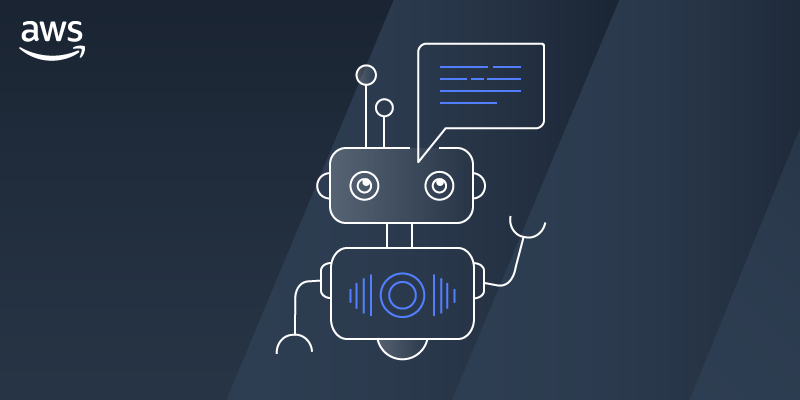|
Listen to this story
|
Amazon Web Services (AWS) has announced that its AWS Chatbot now supports Microsoft Teams, enabling users to troubleshoot and operate their AWS resources directly from the popular chat platform. This move expands AWS Chatbot’s capabilities beyond its previous integrations with Amazon Chime and Slack.
With the AWS Chatbot, users can receive notifications from AWS services directly in their chat channels, allowing them to take action on their infrastructure by typing commands without having to switch to another tool.
AWS Chatbot for Microsoft Teams enables users to receive predefined CloudWatch dashboards interactively and retrieve Logs Insights logs to troubleshoot issues directly from the chat thread. Additionally, users can directly type most AWS Command Line Interface (CLI) commands into the chat channel to retrieve additional telemetry data or resource information, or to run runbooks to remediate issues.
AWS Chatbot enables users to define their own aliases to reference frequently used commands and their parameters, reducing the number of steps needed to complete a task. Aliases are flexible and can contain one or more custom parameters injected at the time of the query.
The integration with Microsoft Teams also enables users to ask questions in natural language and receive answers from AWS Chatbot with relevant extracts from AWS documentation or support articles. This capability allows users to make queries such as “show me my EC2 instances in eu-west-3” using natural language understanding.
AWS Chatbot for Microsoft Teams provides users with a powerful and flexible tool to manage their AWS resources through a familiar chat interface, helping to streamline workflows, automate tasks, and reduce the time and effort needed to manage their infrastructure.
Recently, Microsoft also had launched Microsoft 365 Copilot, which uses natural language to interact with users and is integrated into Microsoft 365 apps such as Word, Excel, PowerPoint, Outlook and Teams. It is built on large language models (LLMs), including OpenAI’s GPT-4, combined with Microsoft Graph data.











































































